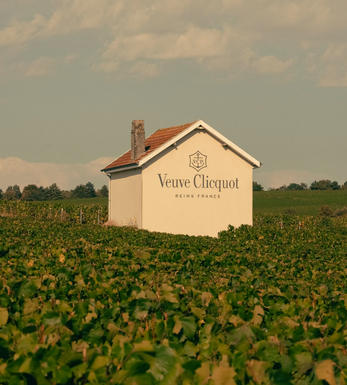
About this WINE

Veuve Clicquot
Philippe Clicquot-Muiron established Veuve Clicquot in 1772. However, it was Phillipe`s daughter-in-law, Nicole-Barbe Clicquot, who really laid the foundations of the modern company. She was one of the great innovators - it was she who invented remuage in the early 19th century. Now it is part of the LVMH group. The Non-Vintage Brut is a blend of 55% Pinot Noir, 30% Chardonnay and 15% Pinot Meunier. It has a nose of white fruits and freshly baked bread and is fresh and balanced on the palate. The vintage wines are similar in character but with more depth of fruit and more structure. La Grande Dame, first made in 1969, is a rich, smooth and finely textured Champagne that simply oozes class and breeding.

Champagne blend
Which grapes are included in the blend, and their proportion, is one of the key factors determining the style of most Champagnes. Three grapes are used - Pinot Noir, Chardonnay and Pinot Meunier.
26% of vineyards in Champagne are planted with Chardonnay and it performs best on the Côtes des Blancs and on the chalk slopes south of Epernay. It is relatively simple to grow, although it buds early and thus is susceptible to spring frosts. It produces lighter, fresher wines than those from Burgundy and gives finesse, fruit and elegance to the final blend. It is the sole grape in Blancs de Blancs, which are some of the richest long-lived Champagnes produced.
Pinot Noir accounts for nearly 40% of the plantings in Champagne and lies at the heart of most blends - it gives Champagne its body, structure, strength and grip. It is planted across Champagne and particularly so in the southern Aube district.
The final component is Pinot Meunier and this constitutes nearly 35% of the plantings. Its durability and resistance to spring frosts make the Marne Valley, a notorious frost pocket, its natural home. It ripens well in poor years and produces a soft, fruity style of wine that is ideal for blending with the more assertive flavours of Pinot Noir. Producers allege that Pinot Meunier lacks ageing potential, but this does not deter Krug from including around 15% of it in their final blends.



Buying options
Add to wishlist
Description
"Striking in flavor and profile. A graceful, well-toned ros, full of berry, autumn leaves and spice notes enmeshed in a rich texture, all supported by lively acidity. Stylish and beginning to mellow, with a long aftertaste of berry confit. Drink now through 2006." 93/100 pts (Wine Spectator - Nov 2002)
wine at a glance
Delivery and quality guarantee